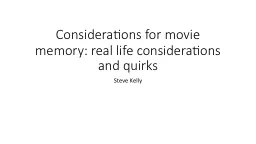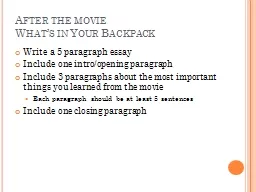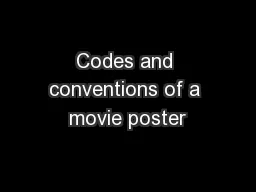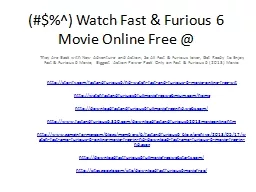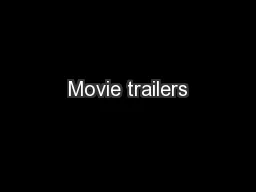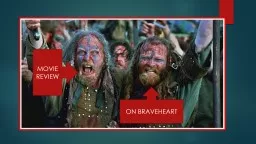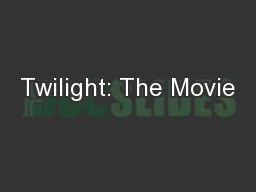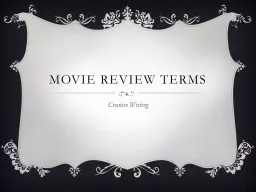PPT-Considerations for movie memory: real life considerations a
Author : yoshiko-marsland | Published Date : 2016-12-10
Steve Kelly Zacks build a mental model of our environment Same mechanism which can take information from real life film or text eg reading about changes in location
Presentation Embed Code
Download Presentation
Download Presentation The PPT/PDF document "Considerations for movie memory: real li..." is the property of its rightful owner. Permission is granted to download and print the materials on this website for personal, non-commercial use only, and to display it on your personal computer provided you do not modify the materials and that you retain all copyright notices contained in the materials. By downloading content from our website, you accept the terms of this agreement.
Considerations for movie memory: real life considerations a: Transcript
Download Rules Of Document
"Considerations for movie memory: real life considerations a"The content belongs to its owner. You may download and print it for personal use, without modification, and keep all copyright notices. By downloading, you agree to these terms.
Related Documents

